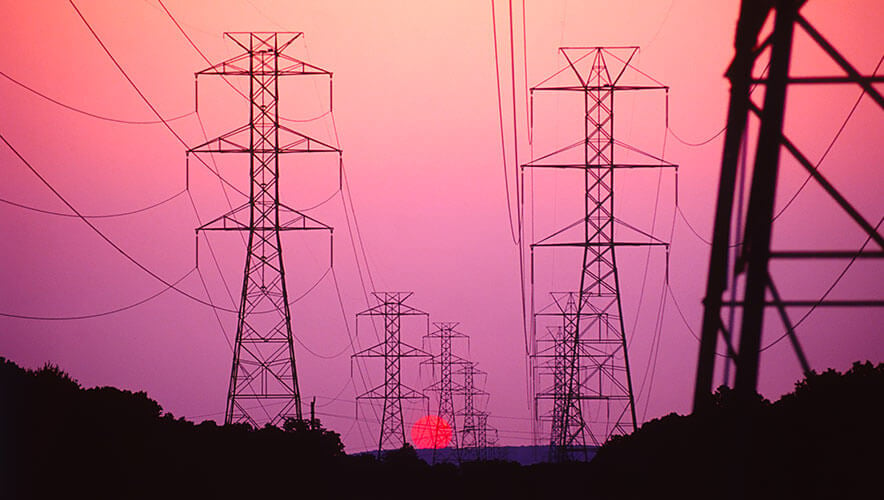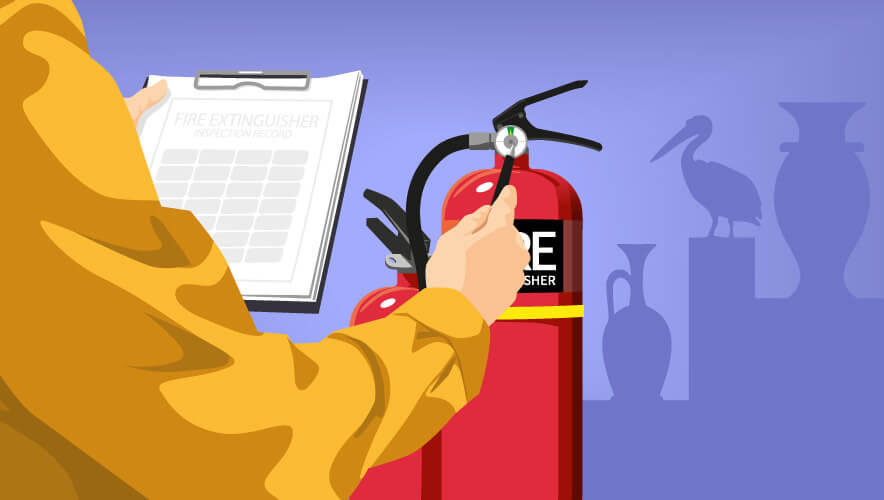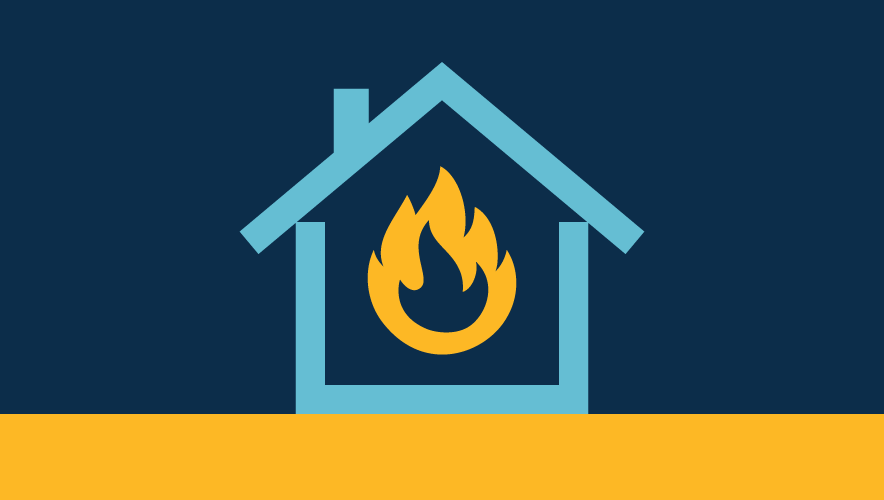Crisis Management: Making Argentina’s Electric Grid More Resilient
Electricity is now an essential commodity, almost as important as food and water for people. The lack of it generates inconveniences in daily life and may cause suffering.
That is why the laws in Argentina protect—in theory—the citizen at the moment of an electricity outage and have created criminal penalties for malicious energy cuts.
The government also assigns regulatory bodies to oversee the companies that carry out the cycle of energy production and distribution in the country. The Ente Nacional Regulador de la Electricidad (ENRE) creates regulations to ensure normal operation of energy producers and transmitters. These regulations affect Compañía Administradora del Mercado Mayorista Eléctrico Sociedad Anónima (CAMMESA), the company in charge of operating the wholesale electricity market in Argentina. CAMMESA's main function is to determine from which generator energy will be taken to be injected into the interconnected system—depending on the demand and, above all, on the generation value of each company.
Then there are transmission companies, Licsa, Limsa, Linsa, and Yacilec, alongside the largest transmission companies: Transba and Transener.
Understanding this outage was key to minimizing the impact of future outrages.
Transener is a public service concessionaire for the transportation of high voltage electricity. It directly operates and maintains 85 percent of the high voltage network and supervises the remaining 15 percent of the entire Argentine national territory. It currently owns a total of 25,000 kilometers (15,534 miles) of power lines in the country and is responsible to the regulatory entities for all of them.
Major Outages
16 June 2019. On the morning of 16 June 2019, millions of people across South America—including 50 million in Argentina—experienced a major blackout. The service interruption began in the area of the Zárate-Brazo Largo Bridge, which links the north of Buenos Aires with the southern part of the Argentine Mesopotamia, Uruguay, and Brazil. After the initial service disruption, responders decided to only take energy from the Mesopotamia power plants. This, however, led to a system failure where Argentina and its neighbors were left without energy.
For Transener, understanding this outage was key to minimizing the impact of future outages. The adoption of safety protocols and preventive maintenance to the network would be vital in future cases.
1 March 2023. Argentina suffered a record-setting heat wave between February and March 2023. It seriously affected the different electricity systems, which operated almost at their limit during those months. This drought caused crops to die and led residents and tourists to try to keep cool and hide from the heat in their homes and hotels, increasing energy consumption.
The increase in the average temperature, reaching 35 Celsius (95 Fahrenheit), plus the droughts affecting fields and pastures, generated forest fires in different parts of the country. Meanwhile, ranchers in the Paraná River Delta were carrying out their tradition of controlled burns of their pastures to accelerate the natural growth cycle.
The combination of all these factors led to a power outage in the trunk line that feeds the Argentine Northwest due to fires at the base of the Campana-Rodriguez power line. This 500-KV line is a crucial part of the country’s transmission system because it connects power plants in the North with the main distribution centers in the Buenos Aires metropolitan area. The outage lasted more than a day and affected almost 20 million people in Argentina.
From Transener's point of view, the situation could have been much worse. The outage occurred during a record heat wave, one of the longest in the country, which put additional pressure on the power grid. Due to safety protocols put in place in 2019, however, Transener was able to limit the effects and scope of the outage to the rest of Argentina.
Lessons Learned
Since 2019, the power lines are run in their entirety with operating protocols with N-1 and some with N-2 and 3. This implies that the line is running in normal operation (N) and in the event of a contingency (-1), it can operate by transmitting energy and isolating the contingency.
In the 2023 outage, the magnitude of the fire affected not only one line, but two more lines that run parallel to the main line, which go to the General Rodríguez and Campana transformer stations.
The incident highlighted the need for proper maintenance and monitoring of critical infrastructure.
Furthermore, the incident could not be isolated within the Argentine interconnection system Sistema Argentino de Interconexión (SADI). The voltage fluctuations affected other high voltage lines until about 10,000 MW, about 40 percent of the energy that was being consumed before the initial incident occurred, went out of service. Under the high demand conditions of the heat wave, the disturbance generated oscillations in the system, creating new faults in the system that activated the contingency measures described above.
The system protections worked correctly. They took the lines out of service, as well as the associated power plants, Atucha I and Central Puerto, which were assigned by CAMMESA to provide energy to the system.
Atucha I is the first nuclear power plant built in Argentina. During the March 2023 incident, there was a lot of talk about the reactor being damaged. But the reality indicated that the reactor protections went into effect, taking the reactor offline so that it stopped generating electricity while initiating a safe shutdown.
The incident highlighted the need for proper maintenance and monitoring of critical infrastructure. In this case, the field fire was caused by a combination of factors, including drought conditions and the accumulation of vegetation under the transmission lines. Transener performs regular maintenance and vegetation management activities in the area, having companies clean the power lines on a regular basis and having line personnel walk the lines.
After the 2019 blackout, Transener immediately mobilized its teams to assess the damage and restore power in the affected areas. They also implemented measures to prevent similar incidents from occurring in the future, such as increasing vegetation management efforts and improving safety protocols around transmission lines.
In 2023, Transener coordinated with the Ministry of Security of the Province of Buenos Aires to conduct tours and monitoring of rural areas, particularly those close to islands in the Paraná Delta, so that they do not burn grasslands.
The March incident also underlined the importance of having a resilient power grid that can withstand unexpected events. In the wake of the outage, Transener, while having developed protective measures to be able to work around line incidents, continues to work with the government and other stakeholders to develop a plan to improve the country's electrical infrastructure, including investments in renewable energy and grid modernization.
Overall, the Campana-Rodriguez power outage serves as a reminder of the critical role that reliable power infrastructure plays in the modern world. While these types of incidents can be disruptive, they also provide an opportunity to identify areas for improvement and make the necessary changes to ensure that the power grid can continue to meet society's needs.
Julio Gabriel Theaux is responsible for asset security management at Transener, carrying out security studies and risk matrixes of the company’s transformer stations and corporate buildings. He is a member of the ASIS International Utilities Security Community, which is comprised of members from the five sectors it represents (electric, water and wastewater, gas, dams, and nuclear power) to support the establishment of sector best practices, educational opportunities, and information sharing for utility security managers.












